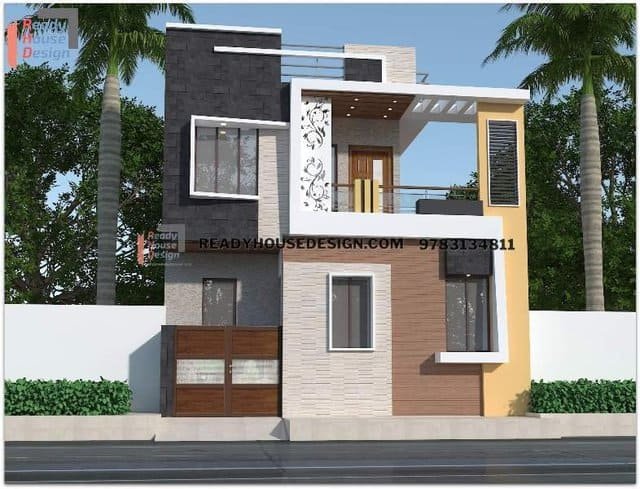gst on construction of residential house in India
Understanding GST on Construction of Residential Houses in India
The Goods and Services Tax (GST) regime, introduced in India in 2017, has significantly transformed the taxation landscape. When it comes to the construction of residential houses, GST plays a pivotal role, impacting both builders and homebuyers. In this comprehensive guide, we delve into the nuances of GST on the construction of residential houses in India, shedding light on its implications, rates, and key considerations.

1. GST Overview:
GST is a unified indirect tax that replaced a complex system of multiple taxes. It is levied on the supply of goods and services across the country, aiming to create a seamless and transparent taxation structure.
2. GST on Residential Construction:
i. GST Applicability:
GST is applicable to the construction of residential houses, including both affordable and high-end properties. It encompasses various aspects of the construction process, from materials to labor and services.
ii. Input Tax Credit (ITC):
One of the significant features of GST is the Input Tax Credit mechanism. Builders can claim ITC on the GST paid for inputs like cement, steel, and other construction materials. This helps in reducing the overall tax liability for builders.
iii. Composition Scheme:
Builders and contractors have the option to choose the Composition Scheme under GST. This scheme allows them to pay a fixed percentage of their turnover as tax, simplifying the compliance process. However, the Composition Scheme comes with certain restrictions and is not always the most advantageous option.
3. GST Rates on Residential Construction:
i. Affordable Housing:
For the affordable housing segment, a concessional GST rate is applicable. As of the last update in 2022, the GST rate for affordable housing is 1% without ITC. To qualify as affordable housing, the carpet area of the residential unit should not exceed 60 square meters in metros and 90 square meters in non-metros, and the value of the unit should not exceed a specified limit.
ii. Other Residential Housing:
For other residential properties that do not fall under the affordable housing category, the GST rate is 5% without ITC. This rate applies to the construction of houses, flats, or apartments where the carpet area exceeds the limits defined for affordable housing.
4. Key Considerations for Homebuyers:
i. Inclusion of GST in Property Cost:
Homebuyers need to be aware that GST is usually included in the overall cost of the property. The builder or developer is responsible for collecting and remitting the GST to the government.
ii. Impact on Property Prices:
The introduction of GST brought about changes in the taxation structure, and its impact on property prices can vary. While affordable housing projects may witness a marginal increase in prices due to the concessional rate, other residential properties could experience fluctuations based on factors like input costs and market dynamics.
iii. Claiming Input Tax Credit by Builders:
Homebuyers should understand whether the builder is opting for the Composition Scheme or regular GST payments. If the builder is availing ITC, it may reflect in a more competitive pricing structure.
5. Compliance and Documentation:
i. Proper Documentation:
Both builders and homebuyers need to ensure proper documentation related to the GST transaction. This includes invoices, receipts, and agreements that clearly outline the GST component.
ii. RERA Compliance:
Builders also need to ensure compliance with the Real Estate (Regulation and Development) Act, 2016 (RERA), which mandates transparency and accountability in the real estate sector. Non-compliance can lead to penalties.
6. Evolving Regulatory Landscape:
i. Policy Changes:
The GST rates and regulations are subject to changes by the government. Homebuyers and builders should stay informed about any updates or amendments to the GST structure.
ii. Industry Dynamics:
The real estate and construction industry can be influenced by various factors, including economic conditions, government policies, and market demand. Changes in these dynamics can impact the GST scenario for residential construction.
7. Challenges and Concerns:
i. Complexity of GST Structure:
The complexity of the GST structure, especially with regard to real estate, has been a point of contention. Simplifying the process and addressing industry-specific challenges remain areas of focus for policymakers.
ii. Affordable Housing Criteria:
The criteria for qualifying as affordable housing, including carpet area limits and value ceilings, may pose challenges for both builders and homebuyers. Striking a balance between affordability and meeting regulatory requirements is crucial.
Conclusion:
Understanding the implications of GST on the construction of residential houses in India is vital for both builders and homebuyers. The taxation structure, rates, and compliance requirements can significantly impact the overall cost of the property. As the real estate landscape continues to evolve, staying informed about changes in GST regulations and seeking professional advice can help navigate the complexities of residential construction in India. Ultimately, a transparent and well-informed approach contributes to the smooth execution of construction projects and ensures a positive experience for all stakeholders involved.

